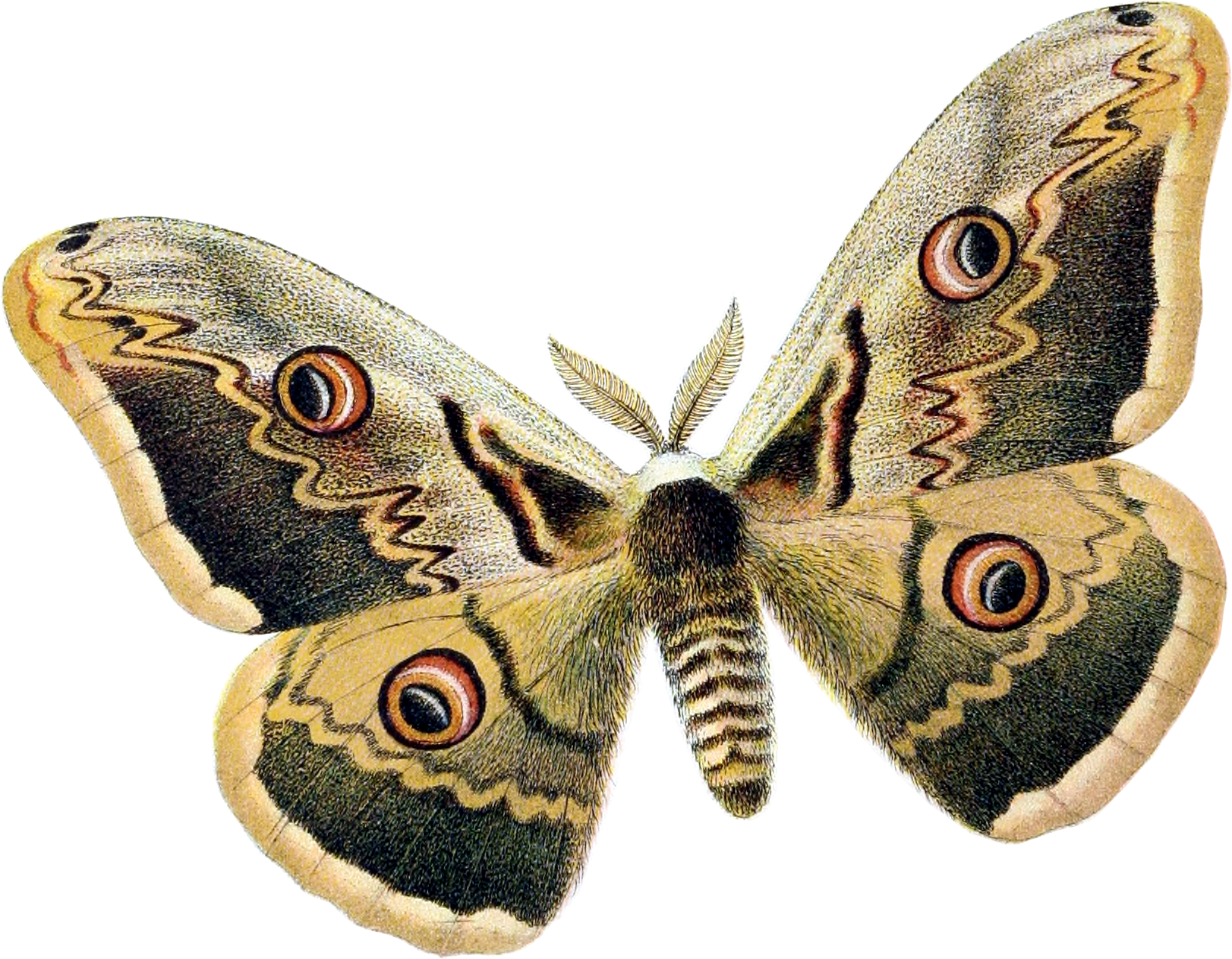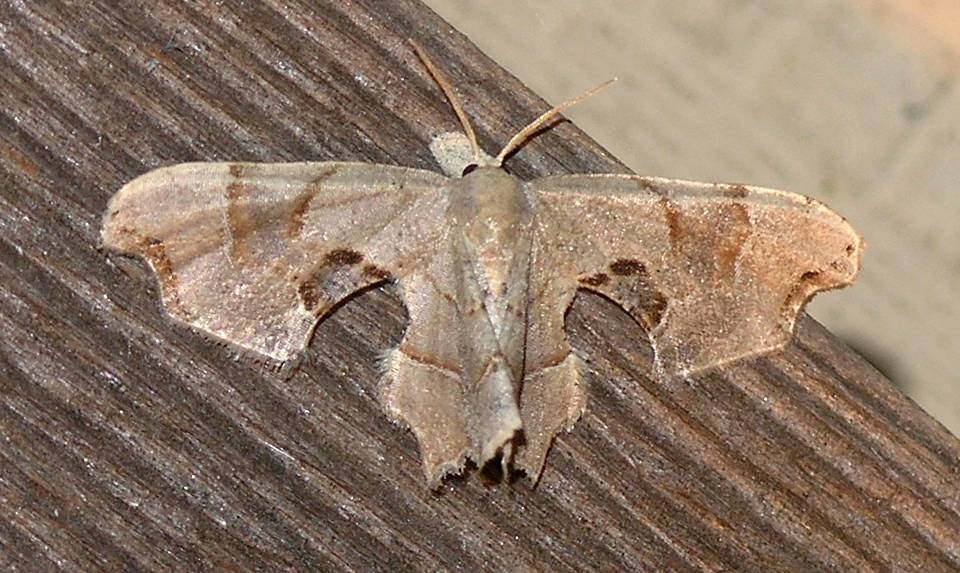Why do most people dislike moths?
Moths are relatively unliked by most people and could be considered to be ugly butterflies. However, those who study moths and butterflies would likely disagree.
In case you were interested, the science of studying moths is called Lepidopterology, and a scientist who studies moths and butterflies is called a lepidopterist, although they have been called Aurelians in the past.
Both moths and butterflies belong to the order – Lepidoptera, although moths and butterflies are split into over 150,000 known species and most of them are actually moths! If you don’t believe me and want to find out more about moths and butterflies, visit the Butterfly Conservation’s website and see for yourself!
Moths and butterflies both take part in a fascinating biological process, known as metamorphosis. This happens after their larval stage (caterpillars) and involves their body changing shape and size, as well as forming wings. This is especially interesting to those who have some knowledge about stem cells and their ability to differentiate into any type of cell. This of course is not possible in humans as our adult stem cells are more limited.
So let’s ask some basic questions!
What Are Moths?
Moths are nocturnal insects, meaning they belong to the class Insecta. They are usually dark in colour and are most active at night. Moths also have a larval stage and undergo metamorphosis.
Why are Moths More Active at Night?
Moths, in general, are more active at night time probably as an evolutionary strategy to match their dark colouration. If they were active during the day they would be more vulnerable to predators and would consequently produce fewer offspring.

Saturnia pyri, the Giant Peacock Moth. Native to Europe.
Why are Moths Dark in Colour?
The typical dark colouration of moths is likely an evolutionary strategy to camouflage themselves against the darkness of the night sky. This is also related to their behaviour which is adapted to their dark colouration.
Are all Moths Nocturnal?
It is important to note that not all moths are nocturnal, just as many butterflies are actually nocturnal. In case you were wondering, the opposite of nocturnal is diurnal and humans are among many diurnal species.
Where do Moths go During the Day?
Moths simply hide during the day and use the time to rest and recover from their nightly activities. Moths enter a sleep-like state and are likely hiding all around in dark crevices where they will be safe from predators during the day, for example, between buildings, in bushes and maybe even underneath cars. Occasionally, you might disturb a moth during the day in its hiding place and it will emerge and fly away in search of a new safe place.
Since you now know where moths go during the day, you probably have another question which you’ve never thought of before!
Do Moths Sleep?
The simple answer is yes they do sleep. But the more complex answer is no they do not “sleep” like humans and other mammals do. Instead, they enter a resting state known as torpor where they regain energy and might shut down parts of their brains. However, we are still learning more about how insects sleep.
What we have observed in the lab is that sleep deprivation is possible for insects, showing that they do in fact need to rest or torpor, just like us. Interestingly, they do not have eyelids and cannot actually close their eyes to sleep!
Check out our other blogs on animals and nature!
- Do moths sleep? and Where do moths go during the day?
- Do seagulls sleep? and Where do seagulls sleep?
- Can lions swim?
We hope this article has been interesting and if it has, why not check out a science quiz!

